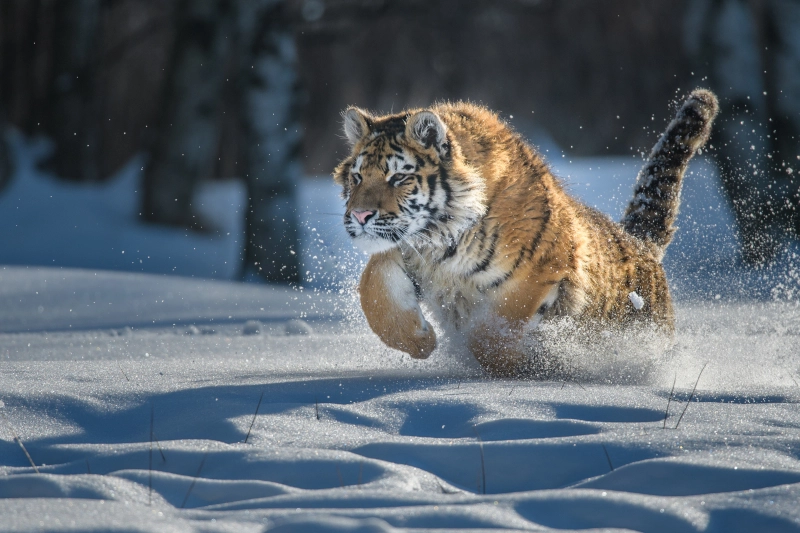
The world’s biggest cat resurrected



The Caspian tiger is undoubtedly the biggest cat that has trod this Earth, but this one disappeared about 50 years ago. Now scientists want to revive them!
The Caspian tiger also known as the Persian tiger is a huge tiger belonging to the feline family, such as cats, lions, jaguars,…
The males could weigh up to 240 kg and an adult tiger reached the size of 3m long (6x your arm).


Before disappearing, these tigers lived in the countries of Central Asia: Iran, Armenia, Azerbaijan, Iraq, Afghanistan, Turkey, Mongolia, Kazakhstan …


These huge tigers have disappeared due to hunting, dwindling food resources, and the human destruction of their habitat. Worse, killing them by poisoning or death traps was rewarded in the Soviet Union (Russia now). Likewise, their irrigation project destroyed the wooded areas and the reed beds, that is to say, its habitat and that of the prey that it likes to hunt.
Hunted and deprived of food, this tiger disappeared from these countries 50-60 years ago.

It is an animal species feeding on living prey and belonging to the genus of cats.
It is a means of bringing water to agricultural crops by digging channels.

Scientists have realized that the Caspian tiger is very similar to another tiger called the Siberian tiger. More particularly, the resemblance resides in their DNA, that is to say, a huge molecule present in the nucleus of our cells and which translates as a recipe for cooking to make us blue-eyed men or feathered birds green or a striped tiger.



DNA (deoxyribonucleic acid) is a huge molecule that makes up chromosomes. It is DNA that is responsible for the proper functioning of our cells and that determines our physical appearance.

Their study suggests that if 40 tigers are introduced into this area, in 50 years there will be 100. It seems little, but knowing that there are only 500 Siberian tigers left in the wild, these 100 additional tigers may help save the species.
Copyright © 2023 | CurioKids.net - All rights reserved